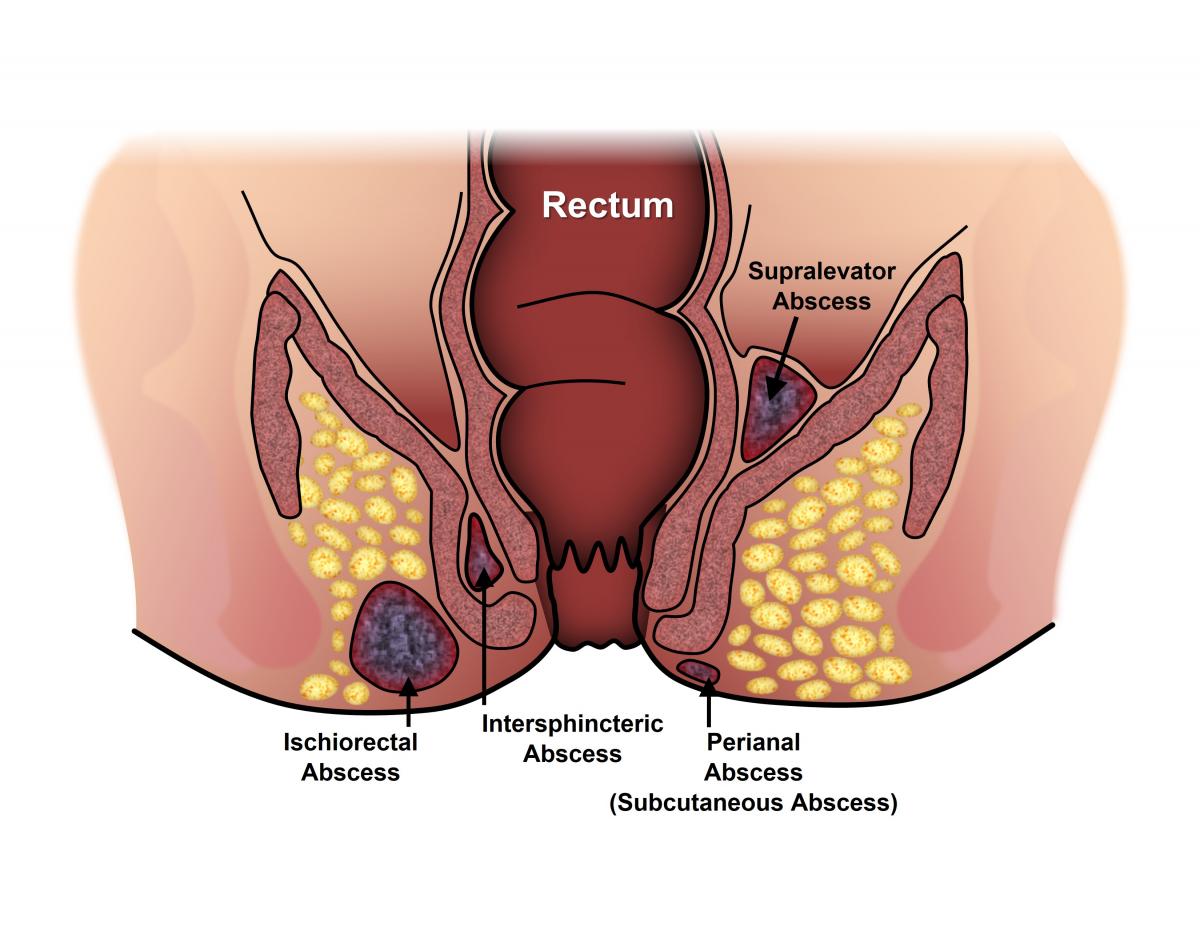
What is a fistula? A fistula is an abnormal connection between two body parts, such as organs or blood vessels, that usually don't connect. These can form due to injury, infection, or inflammation. Why should you care? Fistulas can cause serious health issues, including infections and chronic pain. They often require medical treatment or surgery to correct. How common are they? Fistulas are more common than you might think, affecting millions worldwide. What types exist? There are various types, including anal, urinary, and gastrointestinal fistulas. Each type has unique symptoms and treatment options. Want to learn more? Keep reading to discover 34 intriguing facts about fistulas that will help you understand this medical condition better.
Key Takeaways:
- Fistulas are abnormal connections in the body that can cause pain, swelling, and discharge. They can form from infections, surgery, trauma, and diseases like Crohn's. Early diagnosis and treatment are crucial.
- Treatment for fistulas may involve antibiotics, drainage, surgery, or special glue. If left untreated, they can lead to infections, abscesses, sepsis, and malnutrition. Seeking medical help is important.
What is a Fistula?
A fistula is an abnormal connection between two body parts, such as organs or blood vessels. These connections can cause various health issues and require medical attention. Let's dive into some fascinating facts about fistulas.
- Fistulas can form between different parts of the body, including the intestines, bladder, and skin.
- They often result from injury, surgery, infection, or inflammation.
- Crohn's disease is a common cause of fistulas in the intestines.
- Fistulas can be congenital, meaning present at birth, or acquired later in life.
- Symptoms of a fistula depend on its location and can include pain, swelling, and discharge.
Types of Fistulas
Fistulas come in various types, each with unique characteristics and implications. Understanding these types helps in diagnosing and treating them effectively.
- Enterocutaneous fistula: Connects the intestine to the skin.
- Anal fistula: Forms between the anal canal and the skin near the anus.
- Vesicovaginal fistula: Links the bladder to the vagina.
- Rectovaginal fistula: Connects the rectum to the vagina.
- Arteriovenous fistula: An abnormal connection between an artery and a vein.
Causes of Fistulas
Fistulas can arise from various causes, each contributing to the development of these abnormal connections. Knowing the causes can aid in prevention and management.
- Infections: Chronic infections can lead to fistula formation.
- Inflammatory diseases: Conditions like Crohn's disease and ulcerative colitis increase the risk.
- Surgery: Post-surgical complications can result in fistulas.
- Trauma: Physical injuries can cause fistulas.
- Cancer: Tumors can create abnormal connections between organs.
Symptoms of Fistulas
Recognizing the symptoms of fistulas is crucial for early diagnosis and treatment. Symptoms vary depending on the type and location of the fistula.
- Pain: Discomfort or pain at the site of the fistula.
- Swelling: Inflammation around the affected area.
- Discharge: Unusual discharge from the fistula opening.
- Infection: Recurrent infections at the site.
- Fever: Elevated body temperature due to infection.
Diagnosis of Fistulas
Accurate diagnosis of fistulas involves various medical techniques and tests. Early detection is key to effective treatment.
- Physical examination: Doctors inspect the affected area for signs of a fistula.
- Imaging tests: X-rays, CT scans, and MRIs help visualize the fistula.
- Fistulography: A special dye is injected to highlight the fistula on X-rays.
- Endoscopy: A flexible tube with a camera examines internal fistulas.
- Biopsy: Tissue samples may be taken to rule out cancer.
Treatment Options for Fistulas
Treating fistulas often requires a combination of medical and surgical approaches. The choice of treatment depends on the type and severity of the fistula.
- Antibiotics: Used to treat infections associated with fistulas.
- Drainage: Abscesses caused by fistulas may need to be drained.
- Surgery: Surgical procedures can repair or remove the fistula.
- Fibrin glue: A special glue can seal the fistula.
- Seton placement: A surgical thread helps drain the fistula and promote healing.
Complications of Fistulas
Fistulas can lead to various complications if left untreated. Understanding these risks emphasizes the importance of timely medical intervention.
- Infections: Persistent infections can occur at the fistula site.
- Abscesses: Pockets of pus may form, causing pain and swelling.
- Sepsis: A severe infection that spreads throughout the body.
- Malnutrition: Nutrient absorption issues due to gastrointestinal fistulas.
Final Thoughts on Fistulas
Fistulas, though often misunderstood, are a serious medical condition that can significantly impact a person's quality of life. Understanding the causes, symptoms, and treatment options is crucial for early detection and effective management. From anal fistulas to obstetric fistulas, each type presents unique challenges but also opportunities for medical intervention and healing.
Prevention through good hygiene and timely medical care can reduce the risk of developing fistulas. If you or someone you know shows symptoms, seeking professional help promptly can make a world of difference.
By spreading awareness and educating ourselves, we can support those affected and contribute to better health outcomes. Remember, knowledge is power, and being informed is the first step toward prevention and recovery.
Frequently Asked Questions
Was this page helpful?
Our commitment to delivering trustworthy and engaging content is at the heart of what we do. Each fact on our site is contributed by real users like you, bringing a wealth of diverse insights and information. To ensure the highest standards of accuracy and reliability, our dedicated editors meticulously review each submission. This process guarantees that the facts we share are not only fascinating but also credible. Trust in our commitment to quality and authenticity as you explore and learn with us.
